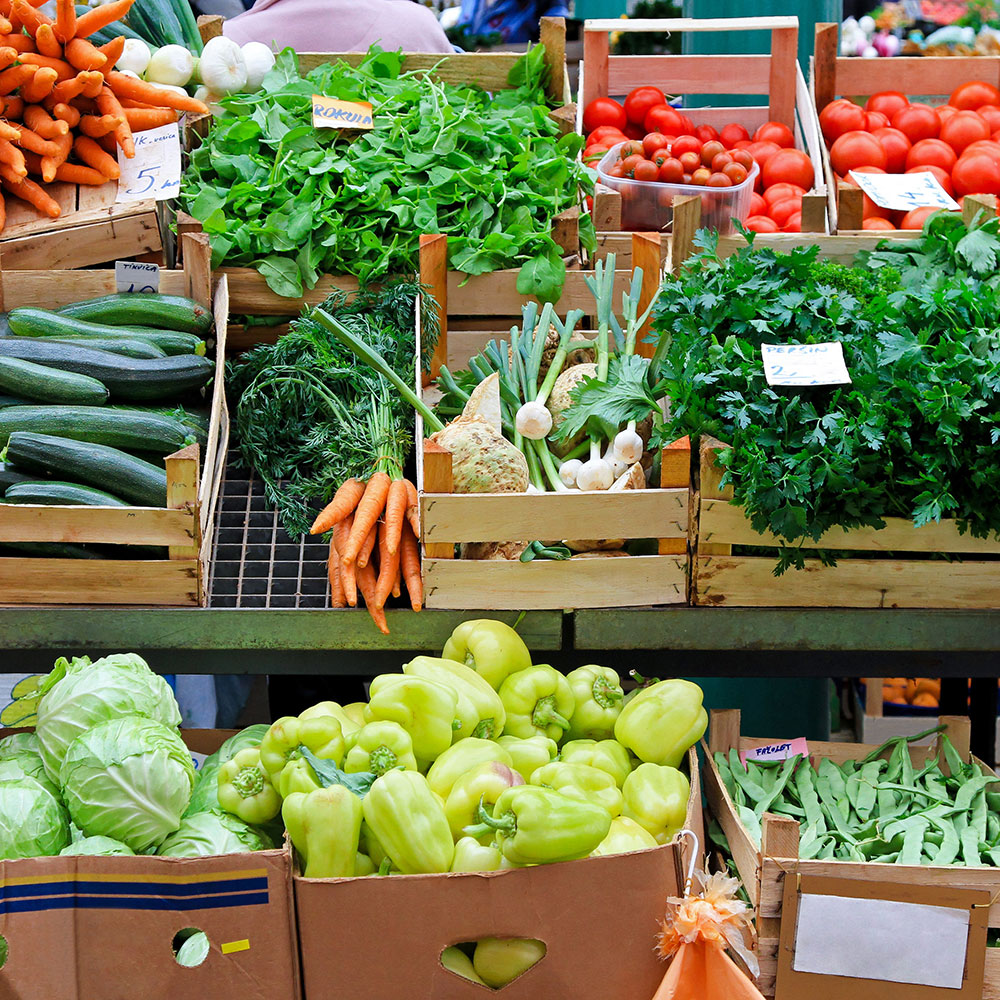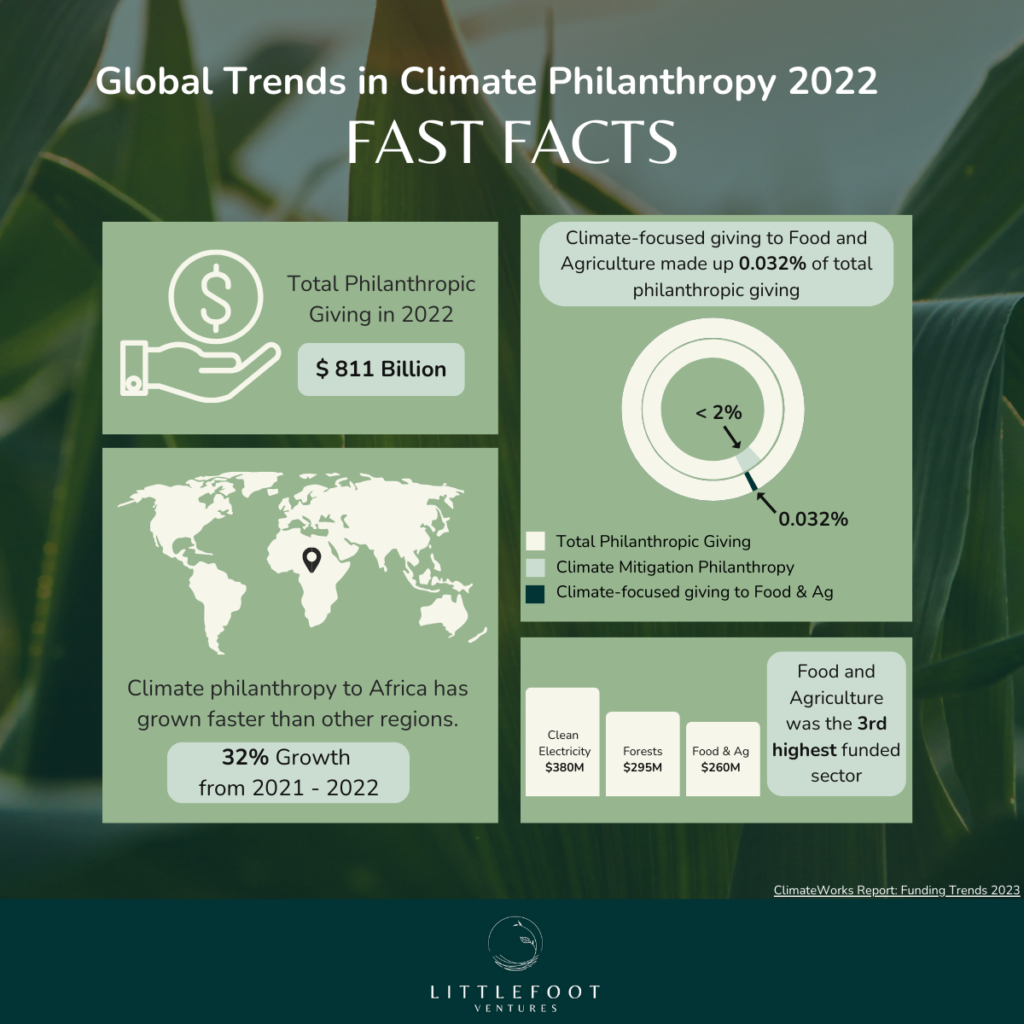With our Climate Messaging Mastery for Nonprofits coming up in a few short weeks, Littlefoot is deeply immersed in the world of climate philanthropy. Climate funding is gaining traction and attention these days, and organizations are publishing knowledge products to accurately summarize climate funding trends to educate the public and inspire funders.
One great example of these publications is ClimateWorks’ latest report, Funding Trends 2023: Climate Change Mitigation Philanthropy, which did a great job identifying and summarizing the climate philanthropy patterns from 2023. Just in time for our course to start. Here are some of our insights and takeaways:
- The pandemic put a slight pause on the total growth of climate philanthropy between 2021 and 2022 (total growth combines individual and foundation giving). This was mostly caused by a drop in donations from individuals who experienced more financial burden from covid-related economic conditions. The great news is that funding from foundations increased by 12%. We’re hopeful that climate philanthropy will fully regain its momentum as the economy continues to recover.
- In 2022, giving towards climate change mitigation reached an estimated $7.8 to $12.8 billion. While the growth in foundation giving is a shift in the right direction, the reality is that it’s not nearly enough to solve current climate challenges. For perspective, these amounts represent less than 2% of the total amount of philanthropic giving in 2022 (estimated to be $811 billion). Within climate philanthropy, the food and agricultural sector received the 3rd highest amount of funding after clean electricity and forests, but, still, this is only 0.032% of all the philanthropic dollars out there. This data identifies a major opportunity for funding to grow. There are people, companies, and foundations that have money that they want and need to give, a larger percentage of this funding needs to move toward our food systems for real, tangible change. Funders often don’t see the potential that food holds for mitigating climate change. Littlefoot is thinking about how we can communicate this message and help them understand that addressing our food systems will simultaneously address the other environmental and social issues they care about.
- Funding to Africa has increased faster than funding to any other region. Here, the food and agricultural sector received the 2nd most amount of funding from 2018 to 2022. Though a vast improvement, the need for greater and more rapid investment remains.
- The report also revealed that, until recently, philanthropic giving for the environment has predominantly gone to organizations that lack diverse representation in their leadership, staffing, and projects of interest. Others, like grassroots and youth-led initiatives, have been severely underfunded (youth-led movements receive less than 1% of climate funding). Climate philanthropists are beginning to recognize that their giving hasn’t been very equitable, and are shifting towards being more active and intentional about using their funds to support initiatives that lift up those who are marginalized and vulnerable. Because our food system affects, and in many ways depends on, a diverse set of stakeholders, including small-scale farmers, women, disadvantaged communities, and others, we are optimistic that this new justice and equity imperative within the philanthropic community will drive more financial support to these stakeholders and ultimately help fortify our food systems.
“Given the urgency of the crisis, climate funders must take even more strategic and coordinated approaches to ensure that their efforts are directed toward sectors, strategies, and locations that need them most.”
While the urgency and necessity for climate funding continues to increase, these efforts should not, and cannot, happen in isolation. Collaboration and partnership, two principles at the core of the work we do at Littlefoot, are key to sustainable success.
If you are a food-focused nonprofit and want guidance on how your organization can access these philanthropic funds, we invite you to register for our Climate Messaging Mastery Course for Food Nonprofits. Seats are filling up, so we encourage you to enroll here before it’s too late. We are excited to continue sharing our expertise, collaborating with you, and building meaningful partnerships that will continue moving the needle towards progress!


